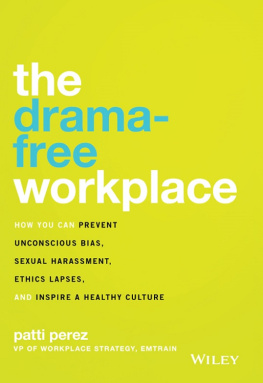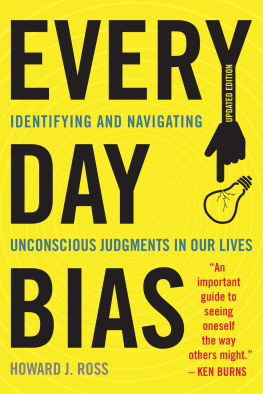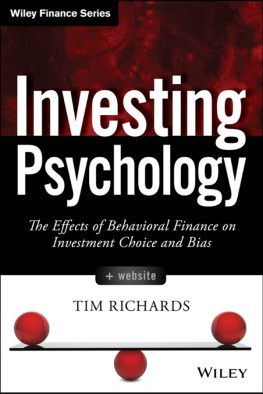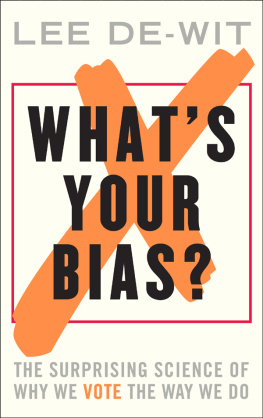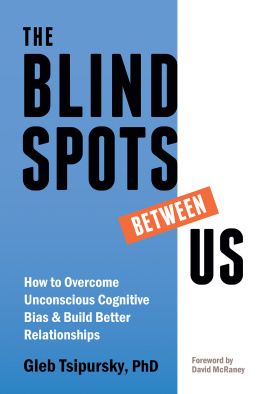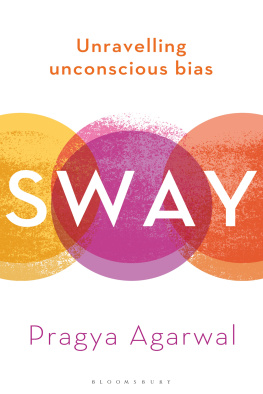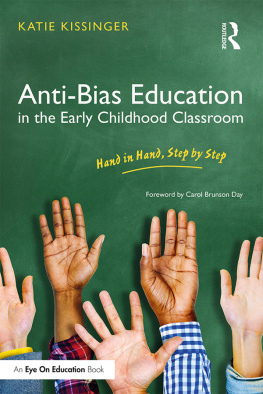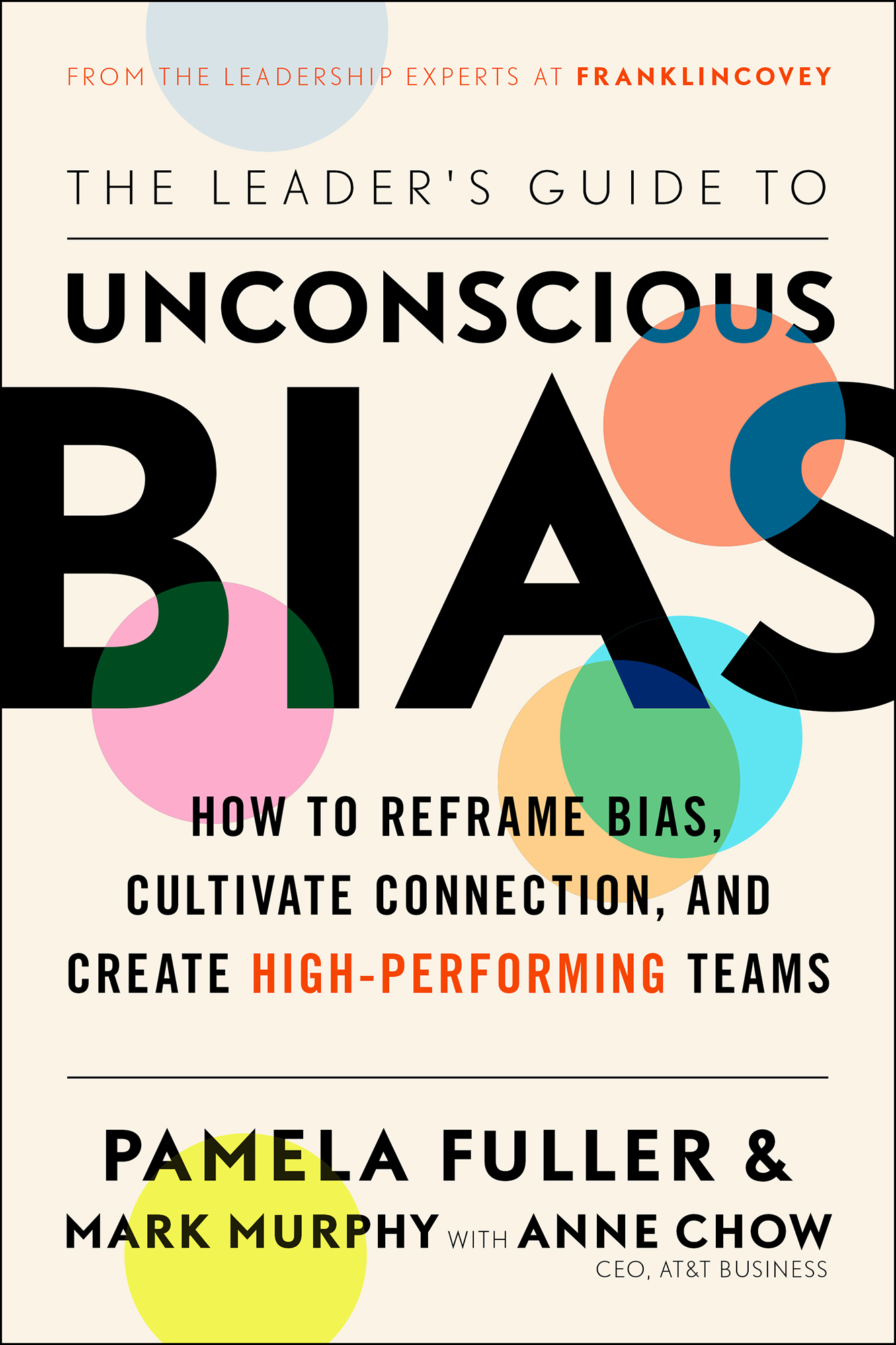Contents
Guide
First published in the United States by Simon & Schuster Inc., 2020
First published in Great Britain by Simon & Schuster UK Ltd, 2020
Copyright Franklin Covey Co., 2020
Excerpt on : from Between the World and Me by Ta-Nehisi Coates, copyright 2015 by BCP Literary, Inc. Used by permission of Spiegel & Grau, an imprint of Random House, a division of Penguin Random House LLC. All rights reserved.
Excerpt on : from Multipliers by Liz Wiseman, Greg McKeown. Copyright 2010 by Elizabeth Wiseman. Used by permission of HarperCollins Publishers.
Simon & Schuster UK Ltd
1st Floor
222 Grays Inn Road
London WC1X 8HB
www.simonandschuster.co.uk
www.simonandschuster.com.au
www.simonandschuster.co.in
Simon & Schuster Australia, Sydney
Simon & Schuster India, New Delhi
The author and publishers have made all reasonable efforts to contact copyright-holders for permission, and apologise for any omissions or errors in the form of credits given. Corrections may be made to future printings.
A CIP catalogue record for this book is available from the British Library
Trade Paperback ISBN: 978-1-4711-9590-7
eBook ISBN: 978-1-4711-9591-4
Preface
June 15, 2020
Between the time this manuscript went to the editors at Simon & Schuster on May 15, 2020, and when we received it back for review two weeks later, the world had changed. Or perhaps better said, the day-to-day struggles of the COVID-19 pandemic were overshadowed in the midst of global protests ignited by the tragic and unacceptable killings of Ahmaud Arbery, Breonna Taylor, and George Floyd. These most recent and senseless losses joined the long list of injustices toward Black people throughout history, resulting in a social tipping point. Affirming Black lives does not mean that this book is about racial injustice or public policy or even limited to bias as it relates to race. This book is our contribution to help advance a more inclusive world, where we can name and take responsibility for our own biases, use empathy and curiosity to more effectively connect with others, and choose courage to make positive changes at work. Discrimination, racial injustice, and injustice in any formfor example, based on race, color, sexual orientation, gender identity, national origin, disability, age, veteran status, family or marital status, physical appearance, education, and geographyhave no place in the workplace or in society at large.
With that in mind, you may ask, What is the connection between injustice and bias? Bias is a natural part of the human condition and how our brains work. To be human is to have bias, and those biasesor preferences, as well describe in this bookdo not have a value on their own. But they do impact our behavior, and that behavior can have benign, negative, or positive consequences. Uncovering and understanding our biases are the first steps to ensuring that our behavior does not limit our possibilities or the possibilities of those we work with. Injustice is the ultimate limitation and does real harm to those directly and indirectly affected by it.
The need for a book such as this has long been present, but today addressing bias has transformed into one of the most important topics for individuals, communities, and organizations to confrontmeaningfully, purposefully, and with a desire to listen, learn, engage, and do better. What follows is a framework for leaders at all levels in any role to enhance performance in themselves, their teams, and their organizations by understanding the nature of bias. In this book, we encourage each person to explore vulnerability, develop curiosity, and build empathy to move past negative biases and choose courageall while applying best practices, strategies, and tactics to the Talent Lifecycle. We believe that these guideposts will help to build high-performing individuals, teams, and cultures in any organization and in any setting. We are proud of the content in these pages and invite you to engage with this work. Our intent is to ensure that everyone in the workplace can develop and take part in constructive dialogues about bias and inclusion while implementing actions that drive both progress and performance.
At a global FranklinCovey conference in 2011, Chairman and CEO Bob Whitman gave an inspiring speech sharing a list of simple tenets he had learned and followed over the course of his career. In that speech he said, You must do the work your goals require. One of our goals is a more inclusive world, for ourselves, for our clients, and for the next generation of leaders. We are doing the work to achieve that goal and hope you will join us on the journey.

Pamela Fuller

Mark Murphy

Anne Chow
Foreword
At FranklinCovey, we recognize that leadership cannot be great if it isnt inclusive, if it leaves anyone behind. We believe that in order to achieve results, leaders must ensure that each member of their team can confidently state, I am a valued member of a winning team doing meaningful work in an environment of trust. Without inclusion and the sincere intent to explore biases that could be unintentionally excluding some, and therefore limiting performance, this statement simply cannot be true.
As FranklinCoveys chief people officer, I am someone employees come to when they want an unbiased opinion or advice, and my responsibility is to support an inclusive and high-performing organization. And yet, Ive learned that being truly unbiased is impossible, because were human and have all been influenced by our past. What is possible is to recognize that we all have bias, carefully reflect on what ours might be, and determine if those biases are enhancing possibilities or getting in the way of performance. We can then choose how those biases impact our behavior and operate with as much objectivity and accuracy as possible. While this system is certainly far from perfect, it is what I try to do in all areas of my life.
A few years ago, our recruiting team was working with a senior manager who was in the process of hiring someone for a key position. After interviewing several candidates, he selected a woman who was already with our organization but in a different role. While market data had been used in determining the appropriate compensation for this position, this senior manager wanted to talk with me to rethink the compensation. When I asked him why, he said, In looking at what she [the selected candidate] is currently making, this is going to be quite a jump for her. I asked him if he was having second thoughts about whether she met the qualifications or questioning the salary data provided, and he said no. So help me understand your concern, I said.
He replied, It just seems like such a big increase for her, and I never had a jump in pay like this.
This manager had a bias. After a long discussion, he realized his bias was about his own experience and a sense that no one should receive an increase in pay larger than one hed ever received. Add to that all we know about the very real gender pay gap across corporate America, and his decision could have contributed to pay inequity at our firm. FranklinCovey conducts a pay equity audit each quarter to ensure this is not the case, but managerial decisions such as this can start to undo the positive results of those audits. This is just a single example out of many Ive seen in my career where unconscious bias plays such a critical role in our judgment, decision making, possibilities, and performance.


